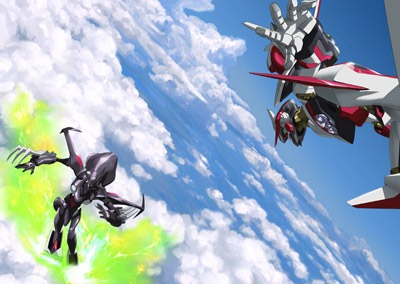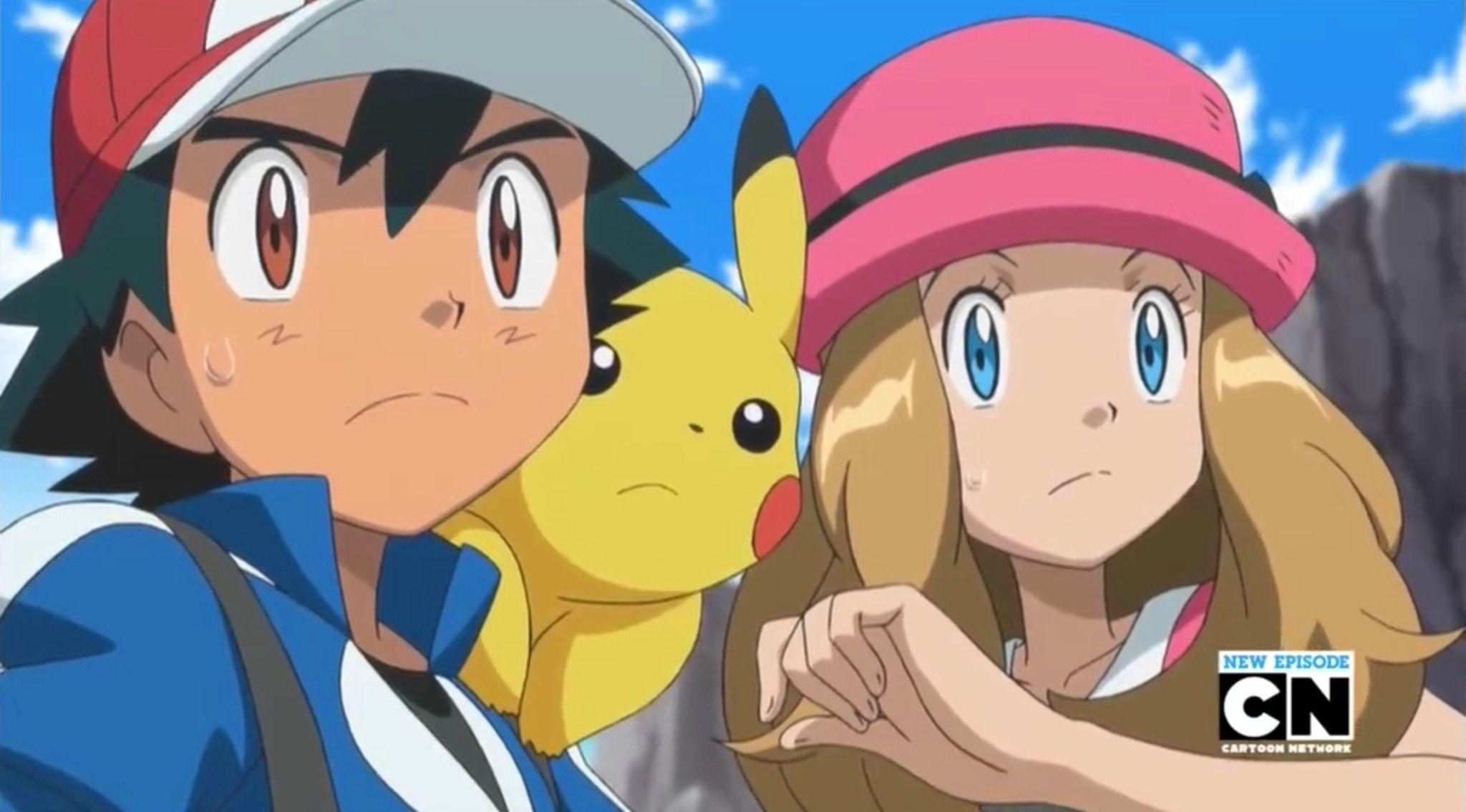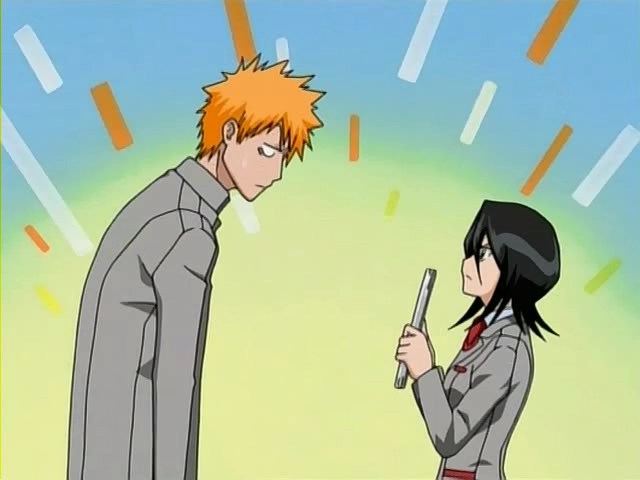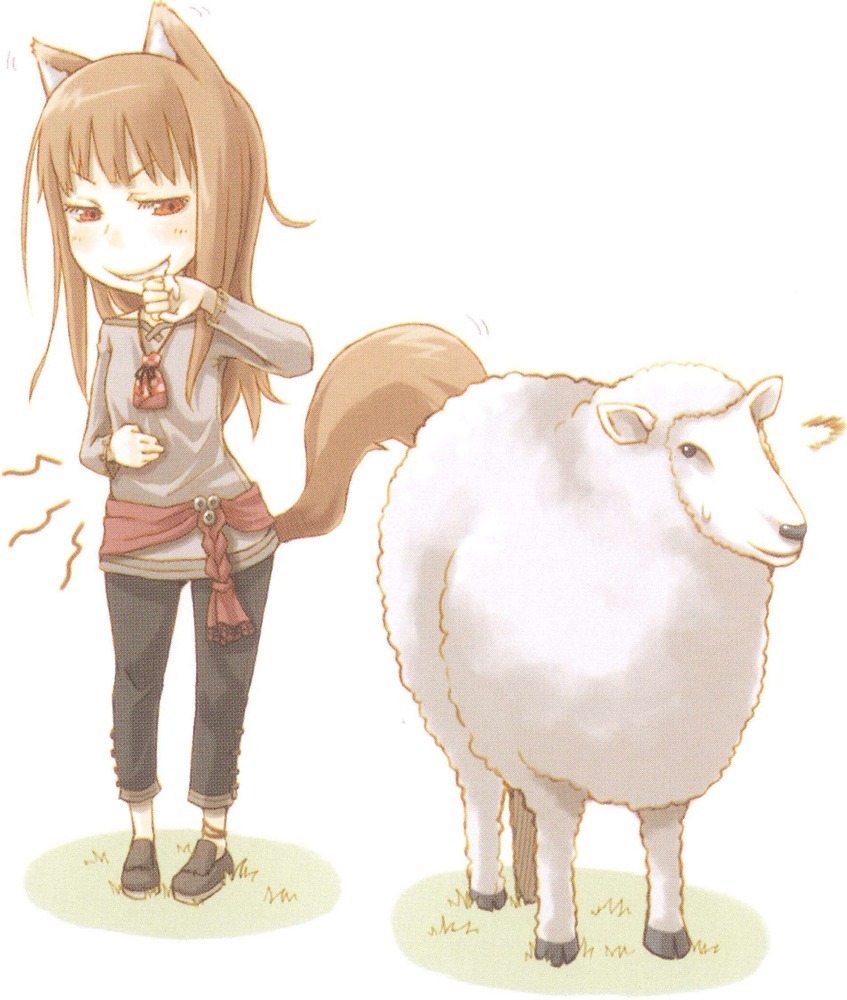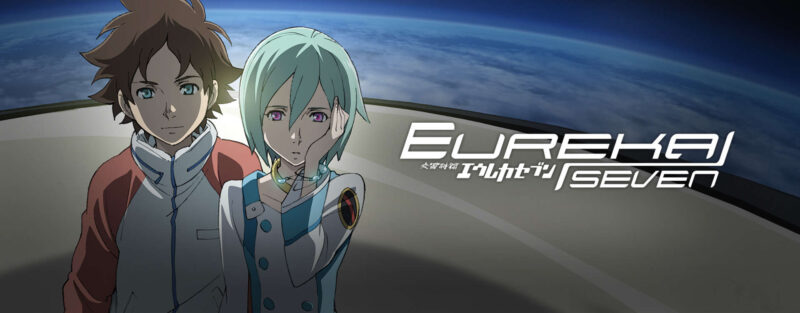
Eureka Seven spends the first half of its 50 episodes establishing its characters and their relationships. It hints at what the second half of the run-time addresses. I was pleased to find that I still like the characters after all these years. Renton still annoys me at the start, but his whininess and idolization of Holland sets the stage for his transformation. Unlike Evangelion’s Shinji, Renton matures. Eureka Seven isn’t perfect. Many characters are background, but with limited run-time you can’t address everyone. The way they are sketched, and their constant presence, keeps them from being forgotten. Sometimes what they do in the background does more for their characterization than their scattered scenes. It’s a joy to rewatch the characters interact with each other. Even the ship, GekkoState, has its own personality. The surfer vibes remain prominent. The idea of surfing the skies remains a fresh idea.
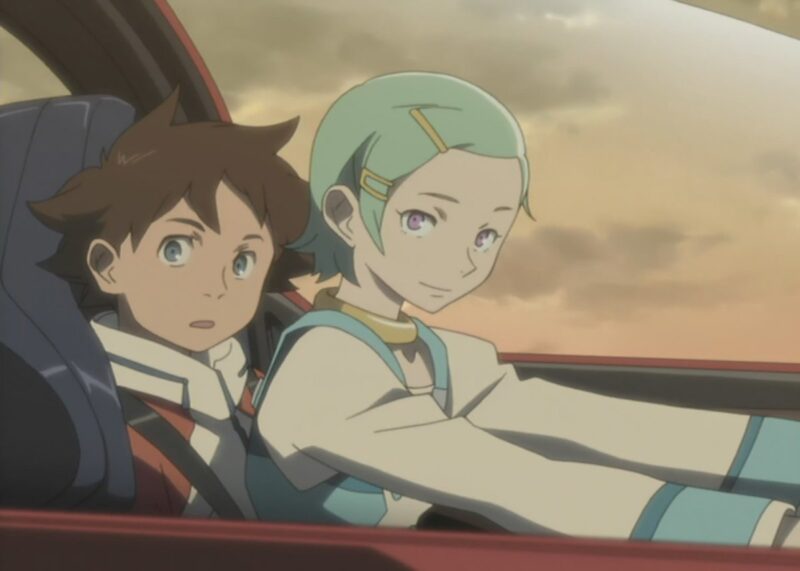
Eureka has a wonderful design: otherworldly compared to the rest of the characters. This is achieved by subtly changing her facial proportions. She has a more angular jaw. Her eyes are colored differently and have a steeper angle. Her face is a little smaller in proportion to the other characters with her eyes slightly larger in their horizontal dimensions. Anemone, as an artificial Eureka, and Sakuya share these characteristics. Bones did a good job with adjusting these designs just enough to set them apart from the rest of the characters. in fact, all of the characters avoid the usual problem anime has: looking alike. Only these three look similar, and that is because of the story. The designs aim at the roles the characters play.
When I first watched Eureka Seven, the science fiction story left me confused. After several watches and this revisit, it makes more sense than I had expected. Spoilers follow.
Explaining the Limit of Questions
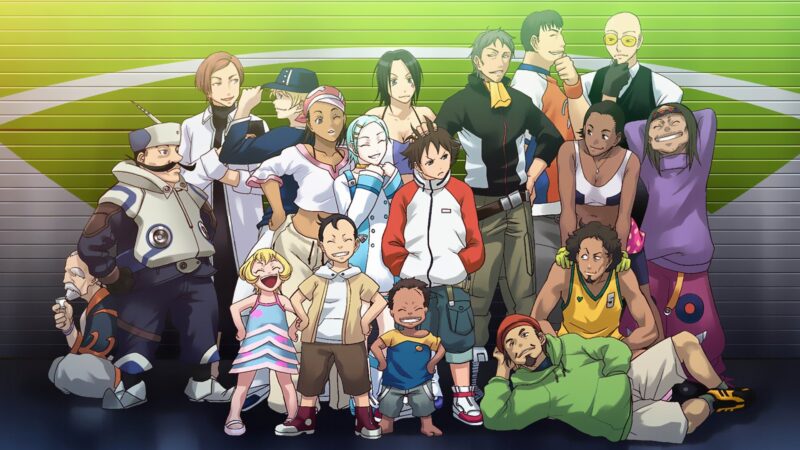
The second half of the story focuses on Dewey, Holland’s brother, and his plan to overthrow the Scub Coral’s control of Earth. The Scub Coral is a collective-consciousness lifeform that communicates by absorbing other creatures. Made up of many trillions of individuals who think as one, the Scub Coral wanted to communicate with the only other intelligent lifeform: humans. However, its efforts drove humans away from Earth, leaving the entire planet open for the Scub Coral to engulf. The Scub Coral’s propagation led to it approaching the Limit of Questions. This part of the story is the hardest to understand.
The Limit of Questions plays on the fact of physics: you cannot observe two properties of matter at once. You can’t know the position of a particle and its momentum. By observing one, you influence the other. However, the Scub Coral has so many collective-intelligent observers that it could observe both at once. This would break how wave-particles work and disrupt reality, tearing a hole in the fabric of reality, as Eureka Seven explains it. Knowing both properties at the same time produces a contradiction that would freeze time (knowing the position at that moment) and accelerate time (measuring momentum, a function of time). In effect, it creates a blackhole crossed with a wormhole, a singularity. By the way,. this idea comes from the novel Blood Music by Greg Bear (who has a namesake scientist character in the anime).
In any case, the Scub Coral go dormant after getting close to the Limit of Questions. When humans returned, they decided to communicate differently. So the Scub Coral gave birth to connected, yet independent, entities: Sakuya and Eureka. Both girls are born as “blank slates” so the Scub Coral could learn about humans. However, Dewey and others in the military saw a means through Eureka and the artificial Anemone to control the Scub Coral by forcing the Limit of Questions and replacing the main control cluster (the Scub Brain for lack of a term) with Eureka or Anemone. In order to ensure human control over this new cluster, the military build in a control feedback and destruction system in the neck-rings Eureka and Anemone wear. This would give humans the ability to control the Scub Coral, allowing them to take back Earth instead of trying to live alongside the Scub Coral and Coralians.
The Measure of Eureka Seven

So, after so long, does Eureka Seven still hold up? The animation remains well done. Sometimes the dialogue gets a little wonky with people pronouncing Eureka’s name (in the dub) wrong. Over all, I say yes. I still enjoy the show. Revisiting it was like revisiting an old friend. In fact, it was the first anime series I bought. The science-fiction story makes more sense now. It’s no less twisty than Star Trek stories. All the music and pop culture references remain fun. They cross all different decades, so Eureka Seven doesn’t feel trapped in the first decade of the 2000s as some shows do. I still enjoy the development of Renton and Eureka. Sometimes the romance feels a little cheesy, but media has become so edgy that anything optimistic and feel-good seems that way. The romance still makes me grin and groan in a good way. Eureka Seven‘s comedy also holds up. It focuses on the interplay of the characters rather than bit jokes. And thankfully, Eureka Seven is free of fan service, unless mecha pans are your thing.
Would I still recommend Eureka Seven: Psalms of Planets? Yes. I daresay it stands as a classic, one that brought a fresh take on the overly-dark mecha genre. Give it a watch. But stick to the original series. The various spin-offs and movies cannot compare.
